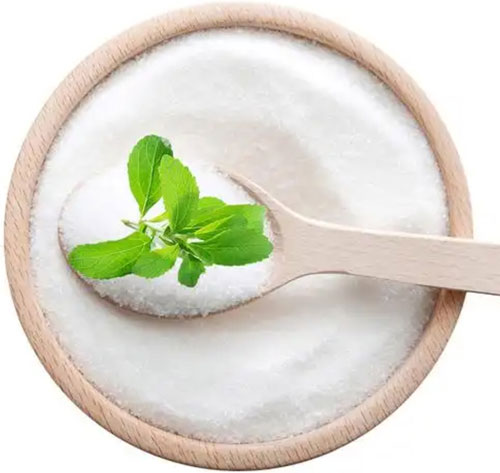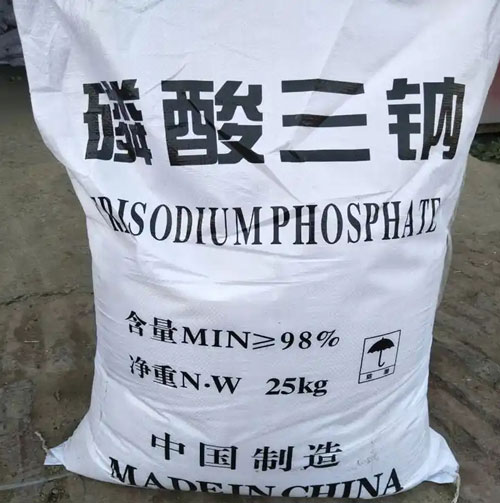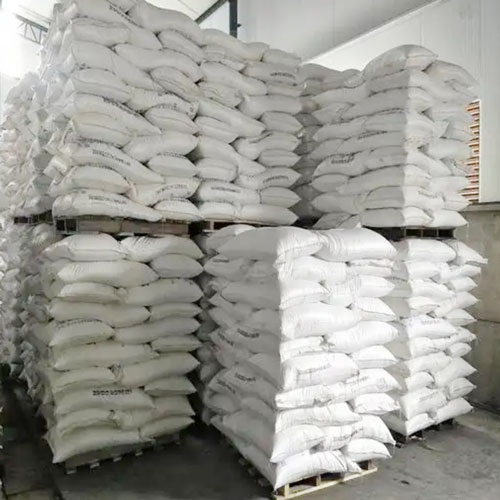Trisodium phosphate, often abbreviated as TSP, is a chemical compound that plays a significant role in various applications. In this article, we will explore the presence of trisodium phosphate in common foods and understand its functions.
I. The roles of Trisodium Phosphate in Foods
Trisodium phosphate food grade plays several roles in foods.

- Moisture retention agent: trisodium phosphate has good moisture retention ability, which can prevent food from drying and keep its softness. Therefore, it is widely used in bread, pastry and other baked goods.
- Acidity regulator: trisodium phosphate can neutralize the acidity in food and adjust the pH of food to improve taste and prolong the preservation period. It is commonly used in dairy products, beverages and other products.
- Stabilizer: trisodium phosphate can stabilize the physical and chemical properties of foodstuffs and prevent them from separating and precipitating during processing and preservation. Commonly used in jam, salad dressing and other products.
- Thickening agent: trisodium phosphate has a good thickening effect, which can improve the viscosity of food, change its texture and taste. Commonly used in jelly, ice cream and other products.
II. Health Implications
A. Consider any potential health effects of consuming foods with trisodium phosphate.

Trisodium phosphate in foods may have several potential health effects. While it is generally recognized as safe in regulated amounts, excessive consumption could pose some risks. In large quantities, it may disrupt the body’s electrolyte balance. The high sodium content in trisodium phosphate can contribute to increased blood pressure in some individuals. Additionally, excessive intake might put a strain on the kidneys as they work to filter and excrete the excess sodium. However, in the amounts typically found in foods that contain trisodium phosphate within the permitted limits, the health risks are likely to be minimal.
B. Discuss safety guidelines and regulations regarding its use in food.
There are specific safety guidelines and regulations in place regarding the use of trisodium phosphate in food. These regulations are designed to ensure food safety and protect consumers. The usage limits for trisodium phosphate in different food products, such as cheese, meat, canned foods, juices, beverages, and dairy products, are carefully determined based on extensive research and risk assessment. Food regulatory agencies monitor and enforce these guidelines to ensure that manufacturers adhere to the permitted levels.
For example, in cheese production, the maximum usage is set at 5g/kg. In Western-style ham, meat, fish, shrimp, and crab, it is limited to 3.0g/kg, and in canned foods, juices, beverages, and dairy products, up to 0.5g/kg can be added.
These guidelines are similar to those for other food additives and are intended to balance the functional benefits of trisodium phosphate in food processing with potential health risks.
III. Conclusion

Trisodium phosphate is indeed a substance of great importance in various aspects. Understanding its presence in foods and its diverse applications across different industries is crucial for several reasons.
In the food industry, trisodium phosphate plays a significant role in enhancing the quality of numerous products. Its ability to bind metal ions, adjust pH levels, and increase ionic strength makes it an essential additive in cheese, meat and seafood products, canned foods, juices, and beverages. By ensuring proper texture, stability, and preventing spoilage, it contributes to the overall quality and safety of these food items. However, strict regulations are in place to control its usage to minimize potential health risks.
From a health perspective, while trisodium phosphate is generally considered safe in regulated amounts, excessive consumption may disrupt electrolyte balance and contribute to increased blood pressure and strain on the kidneys. Therefore, safety guidelines and regulations are essential to monitor and control its use in food.
In conclusion, trisodium phosphate is a versatile chemical compound with far-reaching implications. Its importance lies in its ability to improve product quality in the food industry, serve specific functions in other industries, and its potential health impacts need to be carefully considered. By understanding and regulating its use, we can harness its benefits while ensuring food safety and protecting public health.
Related inquiry:

